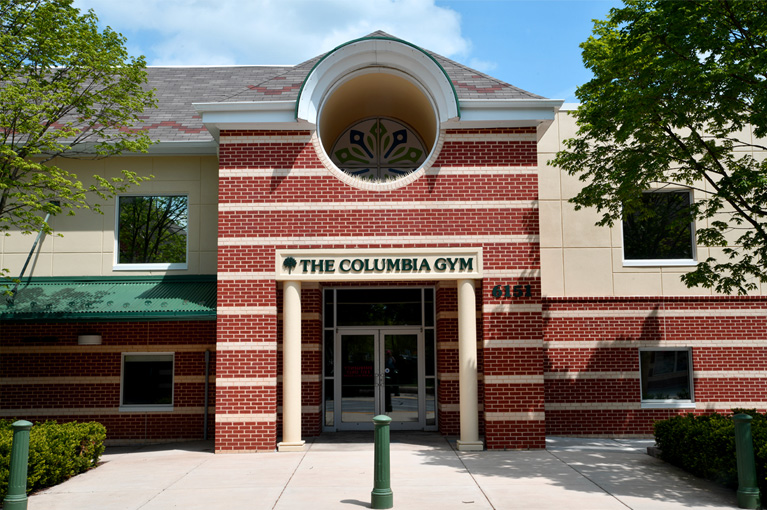Columbia Association (CA) is a nonprofit community services corporation that manages the community of Columbia, MD. Home to approximately 100,000 people, Columbia was founded in 1967 to be a complete city that would respect the land and provide for the growth of people. Today, the association has a budget of $74 million and oversees more than 40 facilities, including three full-service fitness clubs.
Columbia Gym Window Remediation
SWEATING THE DETAILS UP FRONT
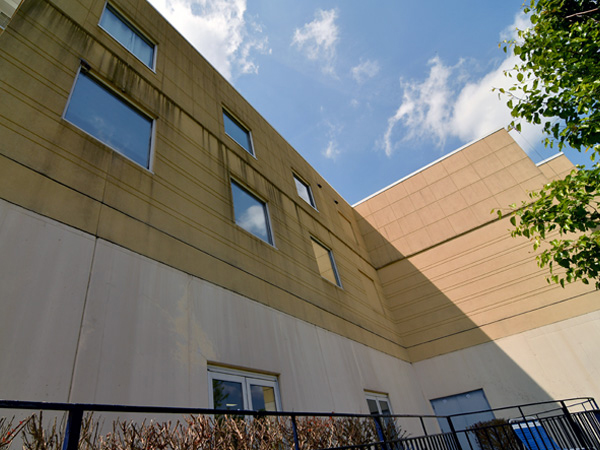
THE CHALLENGE
One of the Columbia Association fitness clubs, a 23 year old facility, suffered from water integrity issues and required extensive remediation. John McHugh, Senior Project Manager, Buildings and Facilities for the Columbia Association, selected M.I. Tech Construction to remove 61 windows and correct drainage issues resulting from faulty installation. M.I. Tech would remediate any water damage and reinstall the windows, ensuring that they were properly sealed.
Mandated in the bid was that the club remain open for use during the repairs. To minimize the disruption, M.I. Tech would have to devise a tight schedule and ensure that each milestone was met.
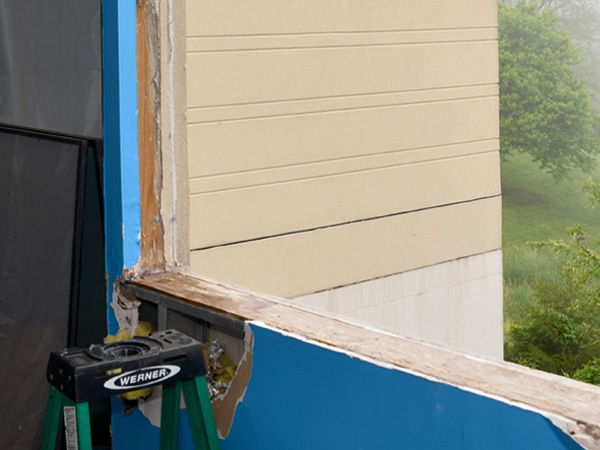
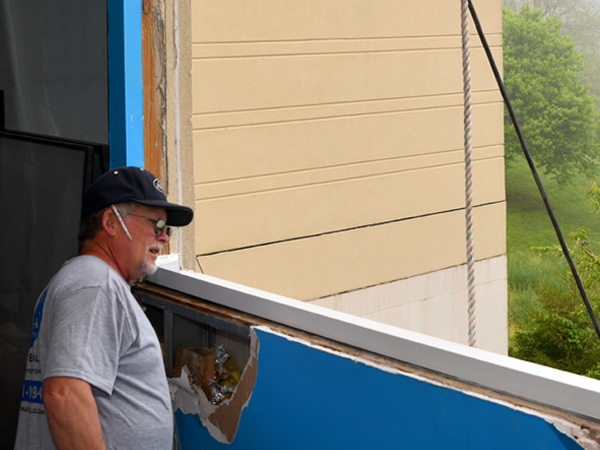
THE SOLUTION
M.I. Tech first assessed the damage, seeing where drywall would need to be replaced in addition to the window flashing, end dams, sills and sealing. M.I. Tech created a firm schedule and began to tackle each room individually on a precise schedule.
The building windows were stationary aluminum framed ‘storefront’ system style. Each of the approximately 5 foot square, one-inch-thick window units of insulated glass were set in either masonry or EFIS openings. These windows had been installed with pieces of flashing beneath them, which was supposed to divert water away from the building, much as a gutter directs water off of a rooftop. Unfortunately, the windows were installed without end dams, which let water leak from the bottom corners of the window into the building walls. Every window had damaged sheet rock and mold on the inside of the walls.
M.I. Tech pulled out the sheetrock and the windows, put in new flashing with end dams, caulked, taped, set the glass and aluminum frames back in the original openings and installed new matching AZEK sills.
“Sometimes when you build a building, somewhere, someone missed something,” David Sutherland of M.I. Tech Construction said. “These windows were supposed to have a system to direct water out of the building—like a gutter. You bend some flashing and put it in the sill and add end dams. “ With no left and right dams to stop it, the water was draining laterally into the walls.
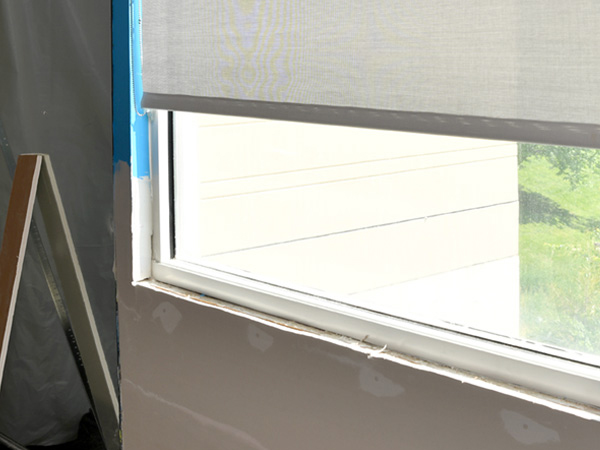
THE RESULT
M.I. Tech’s schedule systematized the tear-out and replacement process to ensure that the right people were available where and when they were needed. “Adhering to the schedule was essential,” McHugh said. “We had classes in some rooms and people working out in the gym. When M.I. Tech said they were going to be ready, they were ready. If they said that room would be available again in three days, it was.”
McHugh appreciated that M.I. Tech had many of the skills it needed available, on staff, rather than through subcontractors. “A big advantage is that M.I. Tech self-performed a number of trades, which means they were not at the mercy of other trades. It was a big point for them that they do their own work.”
McHugh was impressed enough with M.I. Tech’s abilities that he recommended them to a colleague at Columbia. “I’ve recommended them for another project at the Columbia Ice Rink,” he said. “I told another project manager to get M.I. Tech on his calendar.”
With M.I. Tech on the project, it looks like smooth skating ahead for the Columbia Association.

